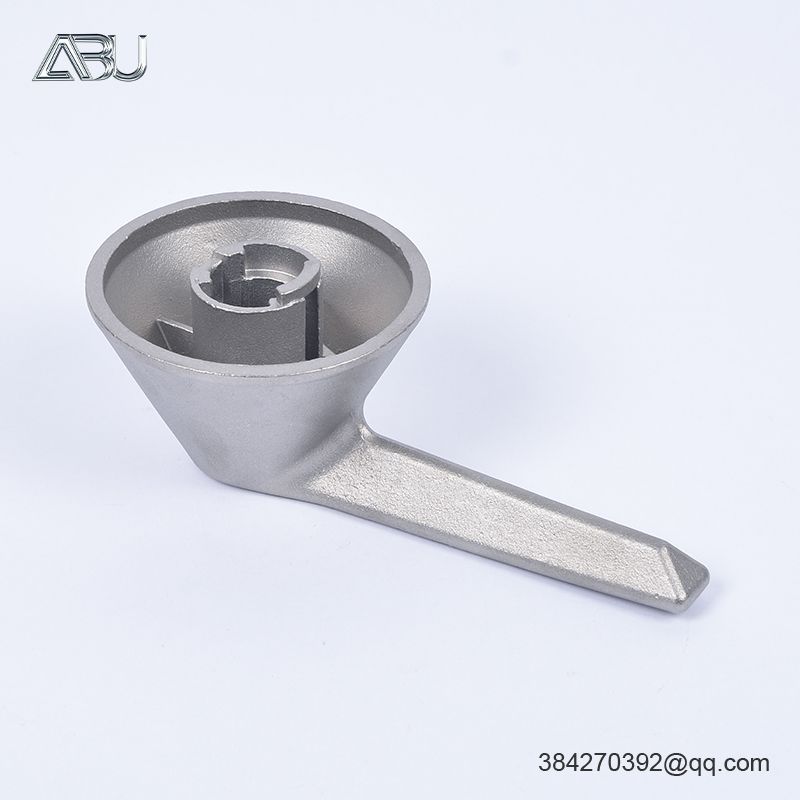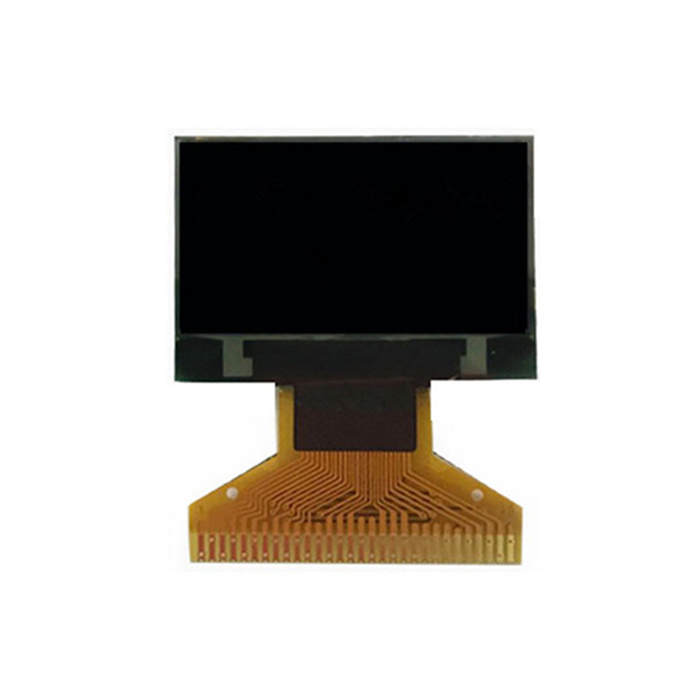The Art of Lost Wax Casting: A Guide to This Ancient Technique
Lost wax casting, also known as investment casting, is an ancient technique used to create intricate metal sculptures and jewelry. This process involves creating a wax model of the desired design, encasing it in a ceramic mold, and then heating the mold to remove the wax and create a cavity. Molten metal is then poured into the cavity, filling the space left by the wax and taking on the shape of the original model. In this article, we will explore the history of lost wax casting and how it is used today.
History of Lost Wax Casting
Lost wax casting is one of the oldest known metalworking techniques, dating back over 5000 years. It is believed to have originated in ancient Mesopotamia and Egypt, where it was used to create bronze sculptures and jewelry. The technique was later adopted by the Greeks, Romans, and other civilizations, who used it to create a variety of objects, including statues, coins, and decorative objects.
Lost wax casting remained popular throughout the medieval and Renaissance periods, where it was used to create intricate metalwork for churches and other religious institutions. In the 20th century, lost wax casting became popular among artists and jewelers, who appreciated the technique's ability to create complex and detailed designs.

The Lost Wax Casting Process
The lost wax casting process involves several steps, including:
Creating the Wax Model: The first step in the lost wax casting process is to create a wax model of the desired design. This can be done by hand or using a computer-aided design (CAD) program.
Making the Mold: Once the wax model is complete, it is encased in a ceramic mold. The mold is then heated to melt the wax, leaving behind a cavity in the shape of the original model.
Pouring the Metal: Molten metal is then poured into the cavity, filling the space left by the wax. The metal is left to cool and solidify before the mold is broken open, revealing the final piece.
Finishing the Piece: The final step in the lost wax casting process is to finish the piece, which may involve polishing, sandblasting, or other techniques to achieve the desired texture and finish.
Additional resources:The Ultimate Guide to High-Quality Mini Ball Valves
What is a Swing Check Valve For?
What are the different valves used on a well head?
How does a Dredger Pump Work?
What equipment is used in investment casting?
What is the difference between casing and tubing?
Maximize Efficiency with Reducer Piping Techniques
Applications of Lost Wax Casting
Lost wax casting is used in a wide range of applications, including jewelry making, sculpture, and industrial manufacturing. In jewelry making, lost wax casting is used to create intricate and detailed pieces that cannot be achieved through other techniques. In sculpture, lost wax casting is used to create large and complex pieces that require a high level of detail and precision.
In industrial manufacturing, lost wax casting is used to create a variety of metal components, including engine parts, gears, and valves. This technique allows for the creation of parts with intricate shapes and precise dimensions, making it ideal for use in aerospace, automotive, and other industries that require high-quality components.
Advantages of Lost Wax Casting
Lost wax casting offers several advantages over other metalworking techniques, including:
High Level of Detail: Lost wax casting allows for the creation of highly detailed and intricate designs, making it ideal for use in jewelry making and sculpture.
Versatility: Lost wax casting can be used to create a wide range of objects, from small jewelry pieces to large industrial components.
Precision: Lost wax casting service allows for the creation of parts with precise dimensions and complex shapes, making it ideal for use in industrial manufacturing.
Reproducibility: Lost wax casting allows for the creation of identical parts, making it ideal for mass production.
What are the benefits of low pressure molding?
Clutch Replacement Cost: What You Should Know
Cencho Stainless Steel Valve: A Game-Changer in Plumbing? Find Out Why Google Users Are Raving!
Revolutionize Roll Hardfacing with Advanced Machines - Uncover the Top Solutions!
What is the best quality oil seal?
What factors should be considered when selecting rolling bearing?
What is another name for a dual plate check valve?
Related Articles
-
Which torch wear provides the best value for money at the purchase stage?
-
Which HH High Head Slurry Pump Model Is Ideal for Demanding Industrial Applications?
-
Discover the Versatile Uses of Small Rubber U Channel - Answers to All Your Questions!
-
Sugar Mill Roller Cladding: Enhancing Efficiency & Performance for Extended Lifespan
-
Revolutionary 2-Axis Lathe: Is it the Ultimate Game-Changer in Precision Engineering?











Comments
0